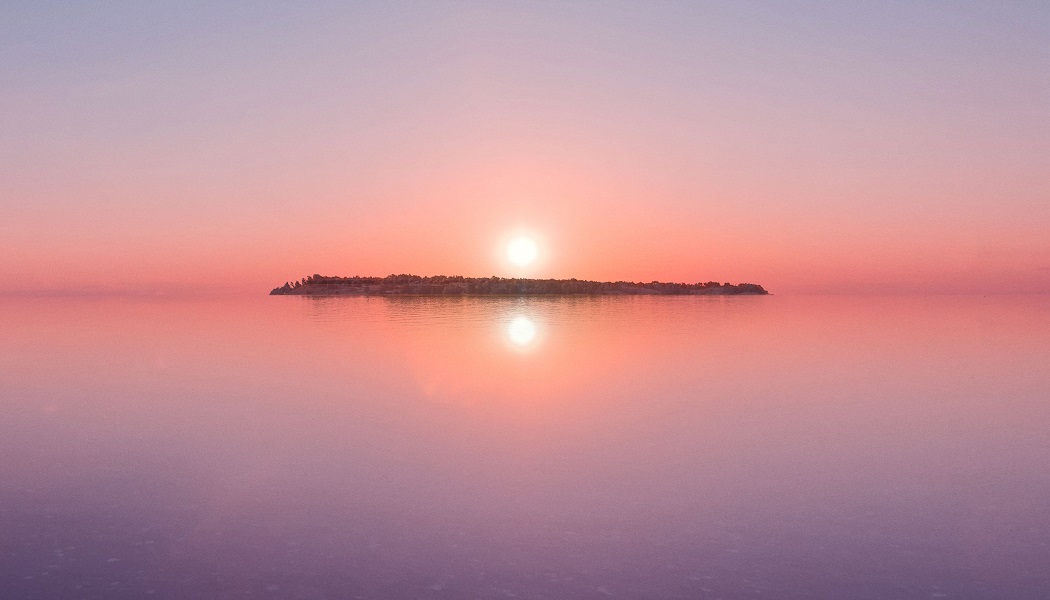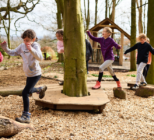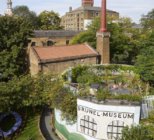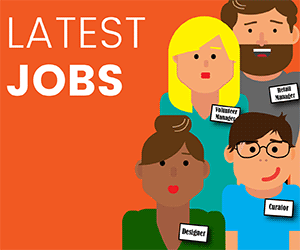Following the experiences of the pandemic, “museums now have the possibility to discuss new ways of producing art events, as well as the services and the user experiences linked to them”, according to Maija Tanninen-Mattila, director of Helsinki Biennial.
“The appetite for virtual and digital interaction is now larger than ever, and we will take this into consideration when planning the biennial.”
The show will, its organisers say, take a responsible approach to exhibition making and advocate a balance between commitment to the local and the promotion of sustainable tourism.
A key goal for the event is to stay true to the City of Helsinki’s climate targets, which include being entirely carbon neutral by 2035.
Helsinki Biennial will aim to offer an alternative framework for biennials in a post-pandemic world, with this ambition now having been formalised in a set of guiding principles and objectives.
Purposeful and principled priorities
- Helsinki Biennial has a future-orientated vision; it emphasises a responsibility towards art, the environment, and the city’s residents
Advocating ecological ethics and radical empathy, Helsinki Biennial urges the culture sector to rethink pre-existing patterns of behaviour.
The cultural history and diverse environment of Vallisaari island sets a strict framework for the biennial, which will use a bespoke programme from the Finnish EcoCompass Environmental Management System to direct production and infrastructure.
In addition, the carbon footprint of the inaugural biennial will be measured as accurately as possible across the categories of waste, purchases, energy consumption, and logistics and mobility, in order to define goals and build guidelines for becoming an entirely carbon neutral event (aligning with the city’s ambition to become a carbon neutral city by 2035).
As a new event within a busy global art calendar, Helsinki Biennial affirms its dedication to creating a new space for art and artists which encourages innovation and responsible action. - Helsinki Biennial celebrates the synthesis of art, nature, and the sea. It is committed to creating safe experiences for engaging with art, within the context of open spaces, clean air, and untamed landscapes
Formerly in military use, Vallisaari is an uninhabited island situated a 15-minute ferry ride from the city centre. Rooted in its maritime location, the Helsinki Biennial marries art with nature’s elements, asserting the importance of an exhibition’s context and environment as well as its wellbeing properties.
Whilst some artworks are positioned along the cobbled, outdoor trail – enabling unrestricted viewing conditions – other installations bring to life individual historical buildings and gunpowder cellars across the island. - Helsinki Biennial is dedicated to presenting ambitious work by Finnish and international artists which respond to the world around us
The inaugural biennial ‘The Same Sea’ will feature a majority of new commissions and site-specific works, including those by Katharina Grosse, Jaakko Niemelä, Tadashi Kawamata, Dafna Maimon, and Marja Kanervo.
In addition to its actual geopolitical location, cultural history and nature, Vallisaari inspires broader topical questions, including the understanding of interdependence, the relationship between ourselves and others, and the micro and macro worlds that remain outside of normal observation. - Collaboration with local organisations and individuals is key to being part of, and expanding, the city’s art scene
Building upon Helsinki’s flourishing grassroots and institutional art scene, new alliances and exchanges are interwoven throughout Helsinki Biennial Inspired, the biennial’s exhibition and collateral events programme.
Both local and international artists have welcomed collaborations with the city’s communities, from Margaret and Christine Wertheim’s ‘Helsinki Satellite Reef’ crafted alongside care home residents, to Paweł Althamer’s documentary and VR film ‘Seven Prisoners’ produced with the nearby Suomenlinna Open Prison. - The biennial should be part of the cultural fabric that provides meaningful parameters for social sustainability
As part of the city’s ambitious cultural vision, Helsinki Biennial strives to enhance Helsinki’s social sustainability. Whilst this inherently encompasses investing in artist opportunities (significantly for those who are from, live, or work in the region), it also extends to culturally enriching the lives of its citizens through the holistic attributes of contemporary art. Leaving a lasting legacy of contemporary art on the mainland, a number of biennial artworks – including 2021 sculptures by Alicja Kwade and Laura Könönen – will become permanent features of the city’s public art collection. - Helsinki Biennial invites all
Helsinki Biennial is a free event. It is based on, and promotes, democratic and inclusive principles, welcoming both cultural enthusiasts and newcomers.
Whilst Vallisaari as an island is an open, public space, artworks and events will also span across the mainland, offering added accessibility to the biennial.
Maintaining its international scope, ‘The Same Sea’ features artists from Finland and Australia, Cambodia, Germany, India, Japan, Kenya, Latvia, Poland, South Korea, Thailand, Turkey, the UK and the USA.
Helsinki Biennial will also respond to the pandemic’s impact on how we engage with art. It will thus drive creative (and reflective) programming with a focus on embracing local engagement to create meaningful, insightful experiences for global audiences.
The inaugural edition of Helsinki Biennial, named The Same Sea, will be held on the Helsinki archipelago of Vallisaari island between 12th June and 26th September 2021.










